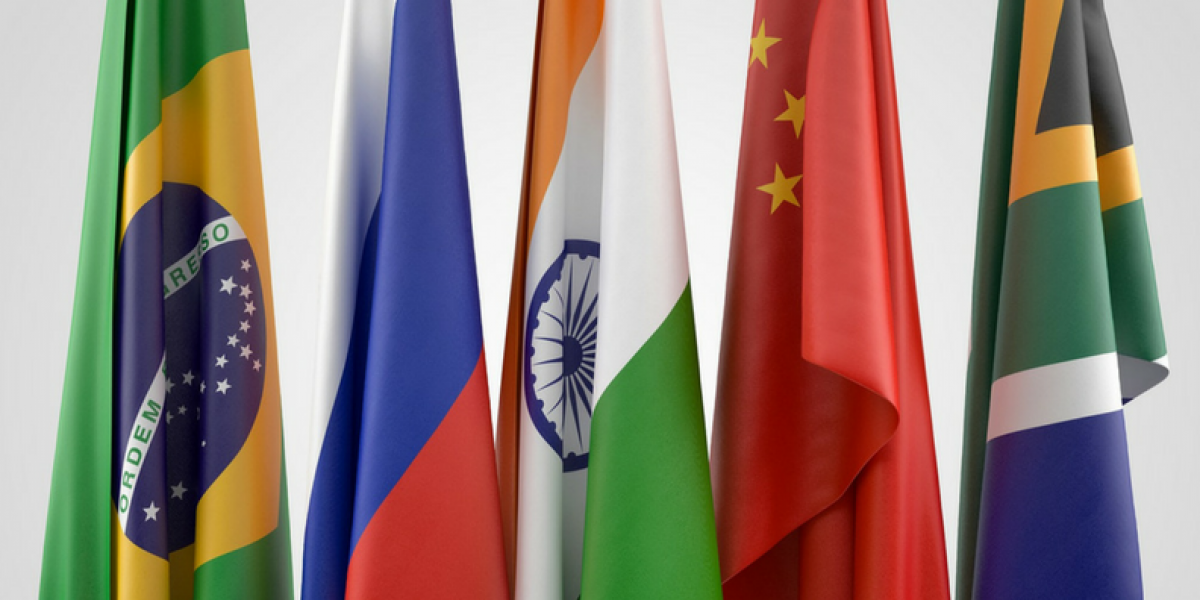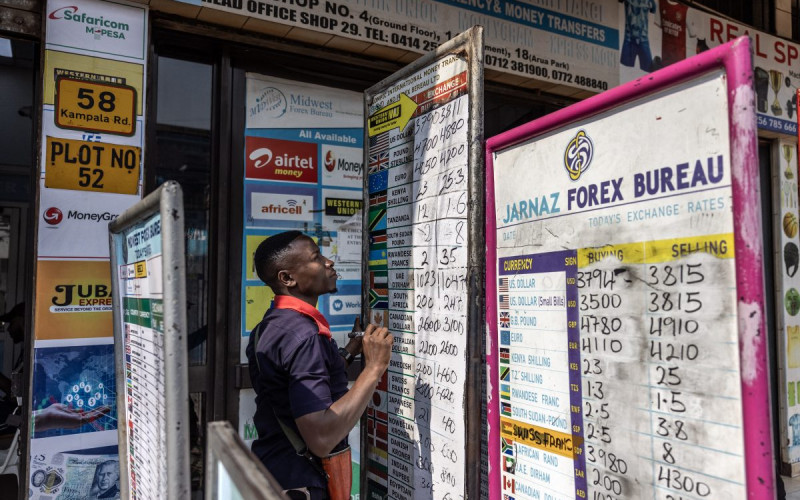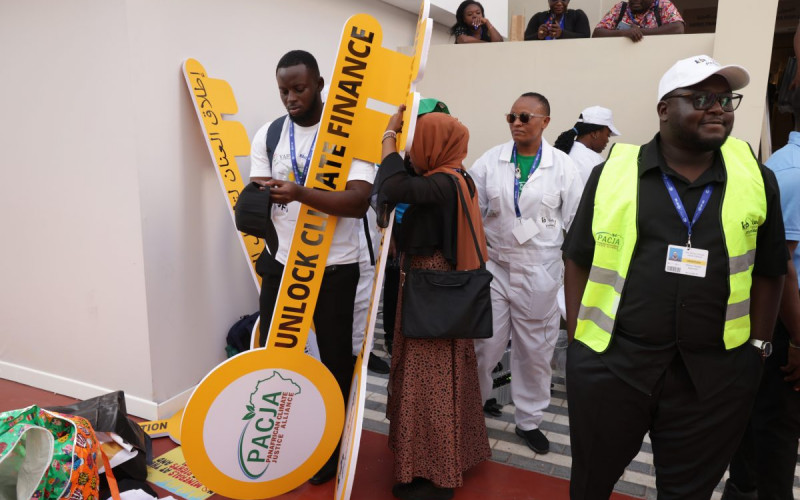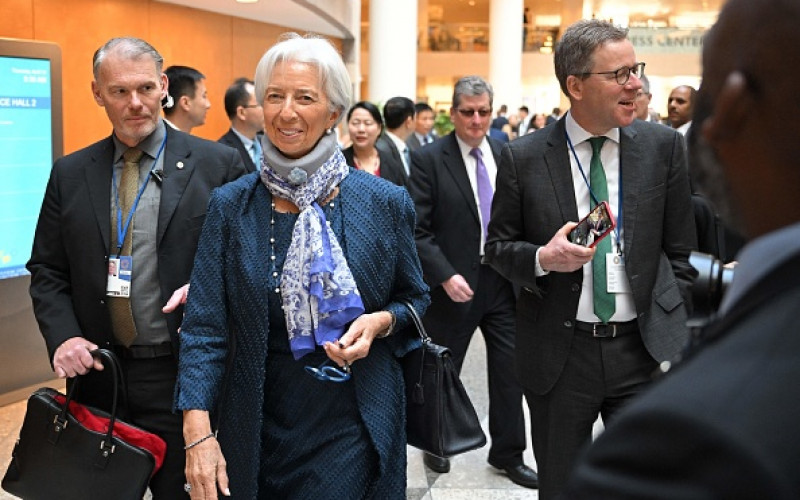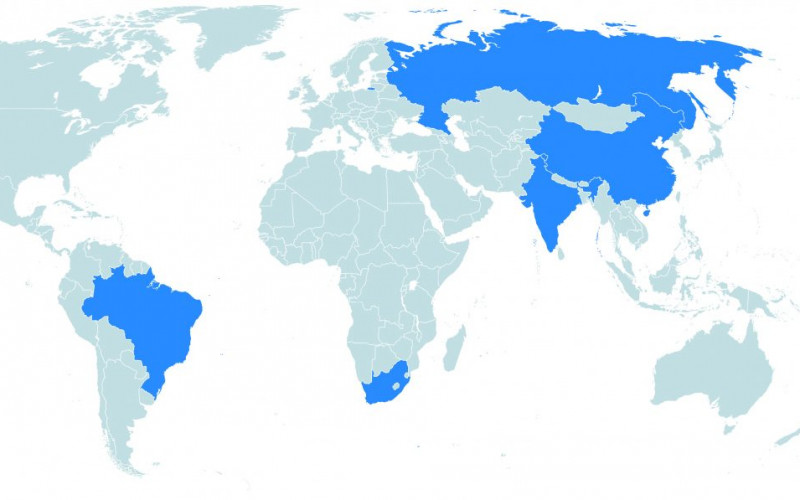It highlights the increasing dynamism of intra-BRICS trade, which started at the turn of the millennium. Key drivers of this dynamism include China’s rapid economic growth, accompanied by a dramatic rise in demand for primary commodities, and South Africa’s rich endowment of natural resources. Indices of the intensity and complementarity of trade show the dominance of India and China. While the strength of South Africa’s trade with India is linked to their historical and cultural ties, the rising intensity of trade with China is primarily a demand-side effect.
The inclusion of South Africa in the BRIC (Brazil, Russia, India and China) grouping in 2010 coincided with two developments: its trade balance with most BRIC countries switched from deficit to surplus, and the value of its exports to BRIC surpassed the value of its exports to the European Union (EU) for the first time. The latter development is probably attributable to the growing BRICS demand for South Africa’s natural resources, coupled with the EU’s slow recovery from the global financial crisis, rather than trade diversion from the EU to BRICS, as some analysts argue. However, the EU remains a major South African trading partner, while BRICS is rapidly catching up. Indeed, South Africa could leverage the differences in the structure of trade with the rest of BRICS and the EU to achieve more inclusive growth. While trade in natural resources is more likely to stimulate employment in (low-skilled) labour-intensive primary industries, intra-industry trade with the EU would boost the (high-skilled) manufacturing and services sectors. Given this, South African trade with the two blocs could yield complementary effects.

